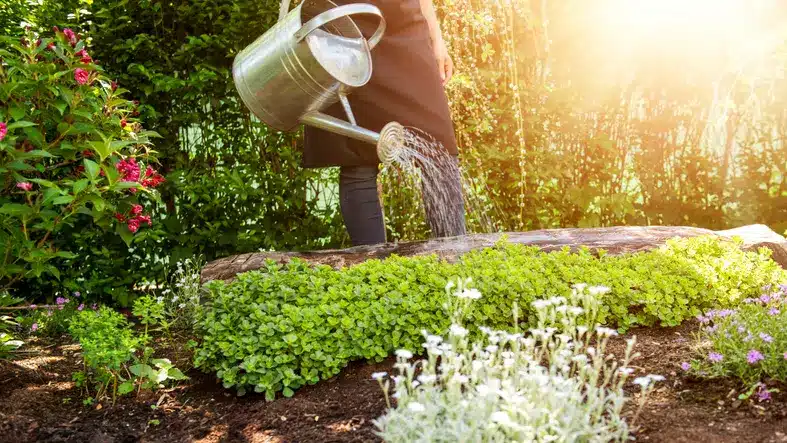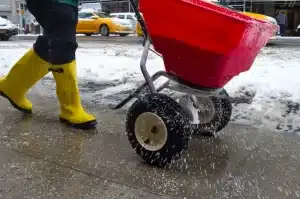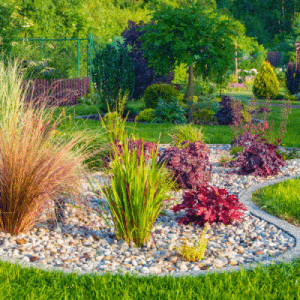Gardening can be trial and error, even for a seasoned gardener, but that doesn’t mean that these trials can make your garden any less beautiful. If anything, it’ll help diversify what you have in your area, and help you plan for future endeavors. It’s natural to start out with a barer garden because you’re trying to see how well the flowers work in the space, if you like the colors, and more. Plants are natural reproducers. Buying one plant usually gives you multiple seeds to plant later on. But what if you have enough plants, and they’re just not taking shape? Is there a way to save them? With a little bit of research, persistence, and patience, you can get your garden to flourish. Here’s what you need to know:
- The health of the soil plays a huge role in how well your plants are going to grow. To give your plants the best success use a light soil that’s rich in organic matter or compost. This will give adding all of the necessary nutrients to help prompt soil fertility. From time to time you can add in more compost to help encourage plant growth.
- Getting rid of deadheads is extremely important to the growth of your plants. Even if the heads of your flowers have died off, the flower is still taking energy to try and revive it. Removing that deadhead will force the flower to focus its energy on new growth instead of an area that’s a lost cause. Deadheads can also invite insects and pests into the garden that can cause a lot of damage.
- Learning the difference between sun-loving and shade-loving plants is a huge factor for a successful garden. Not all plants thrive in bright sunlight. While rose bushes need at least six hours of sunlight a day to thrive, forget-me-not flowers prefer shadier, more humid areas.
- Don’t water your garden excessively. It’s an essential part of your plants thriving, but too much can damage the plants as well. The best rule of thumb is to water when the ground doesn’t feel moist, especially if it hasn’t rained in a few days.





